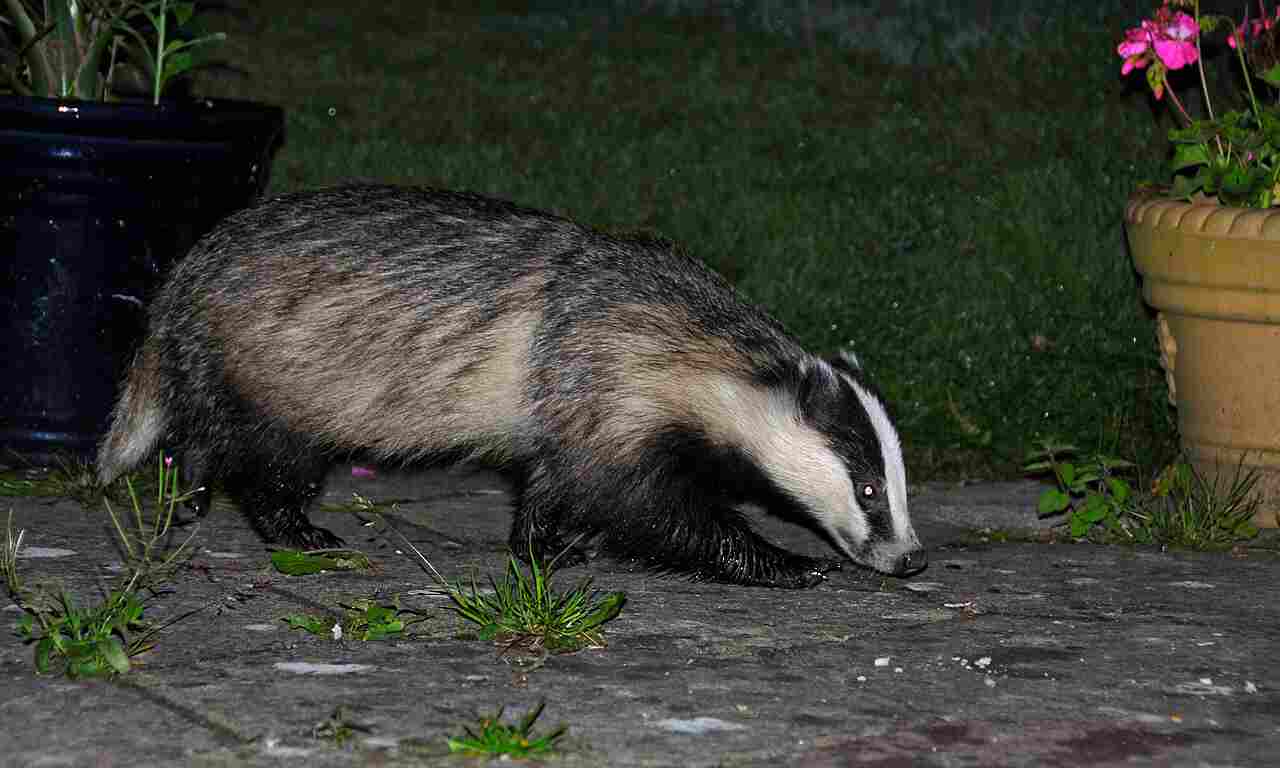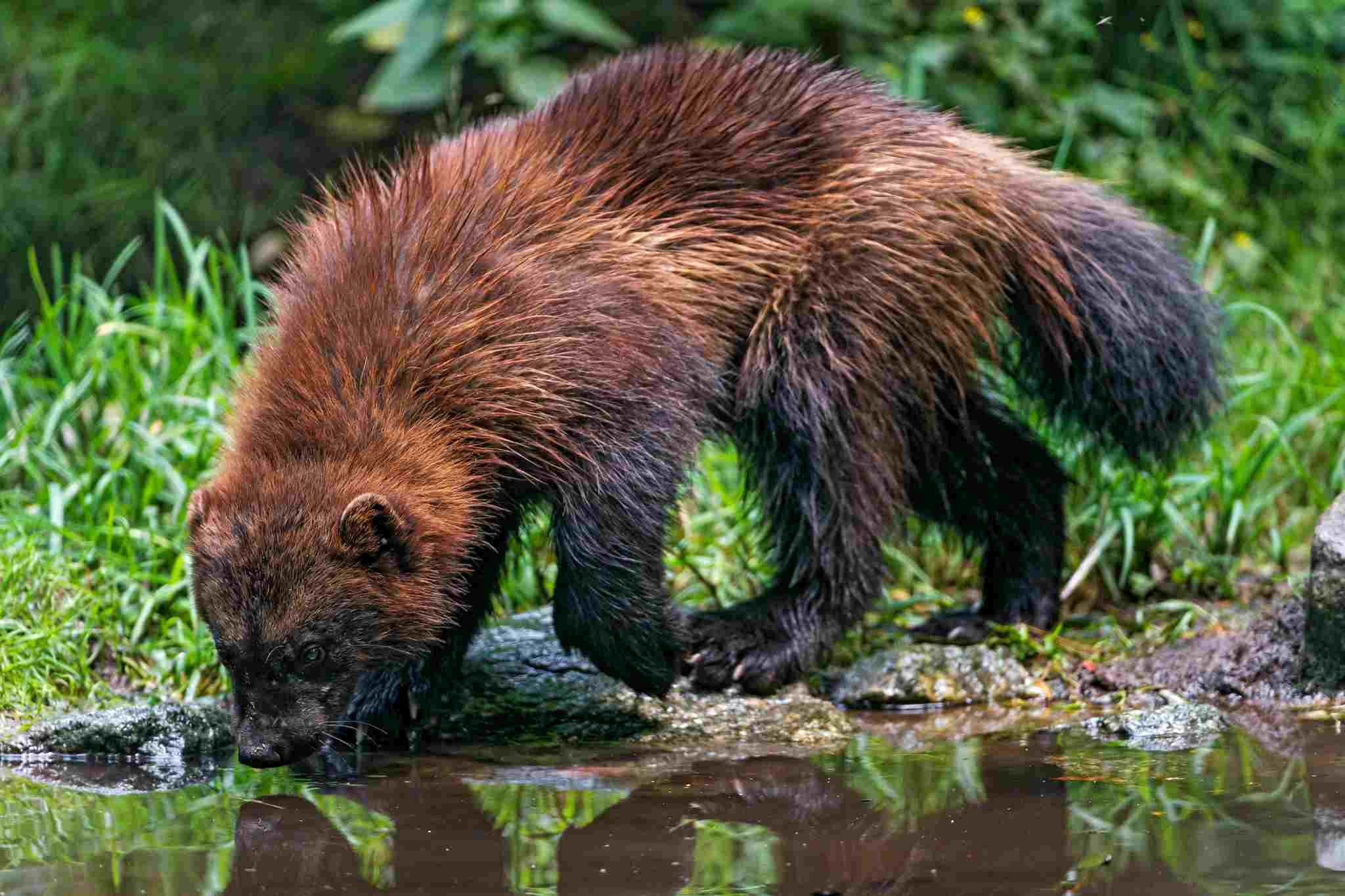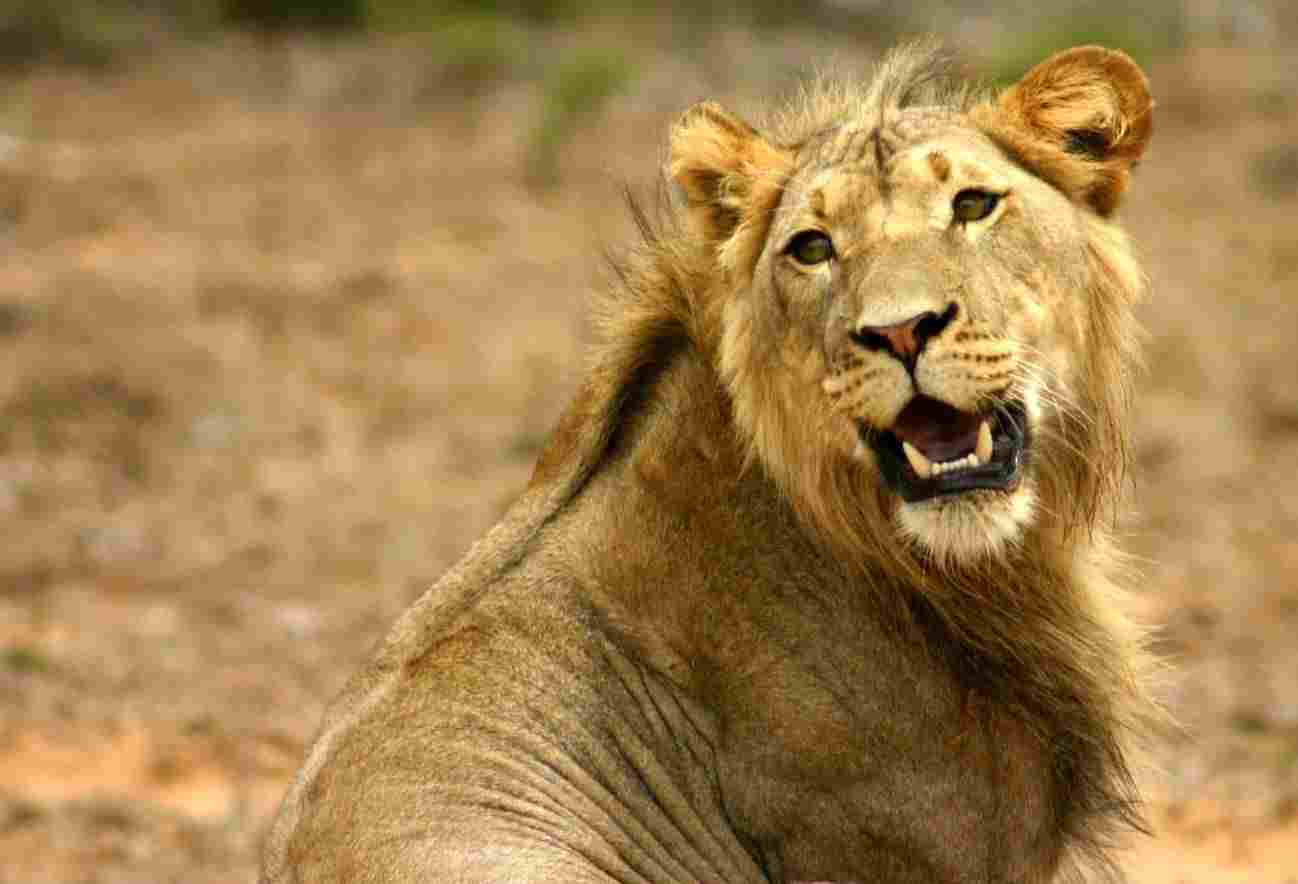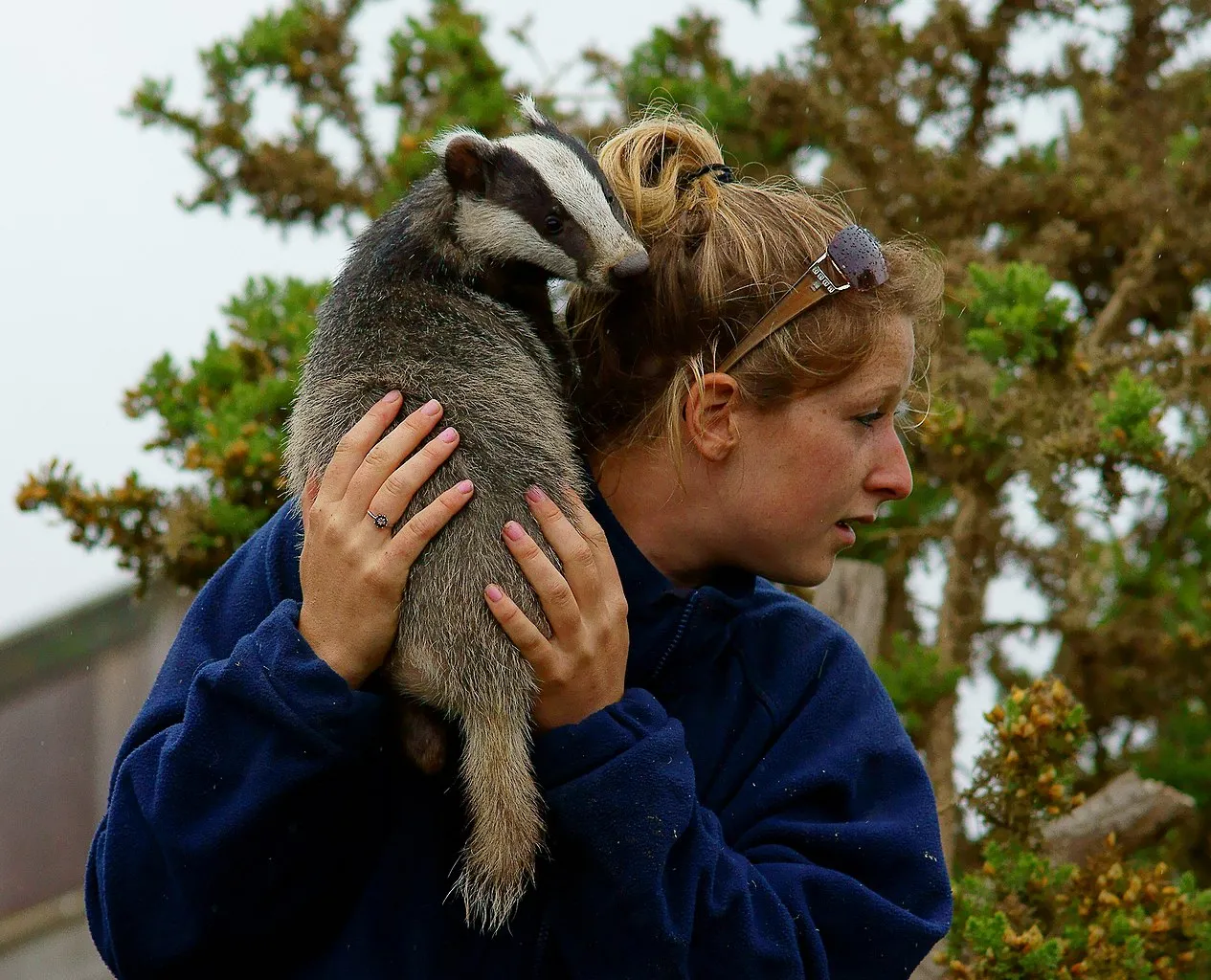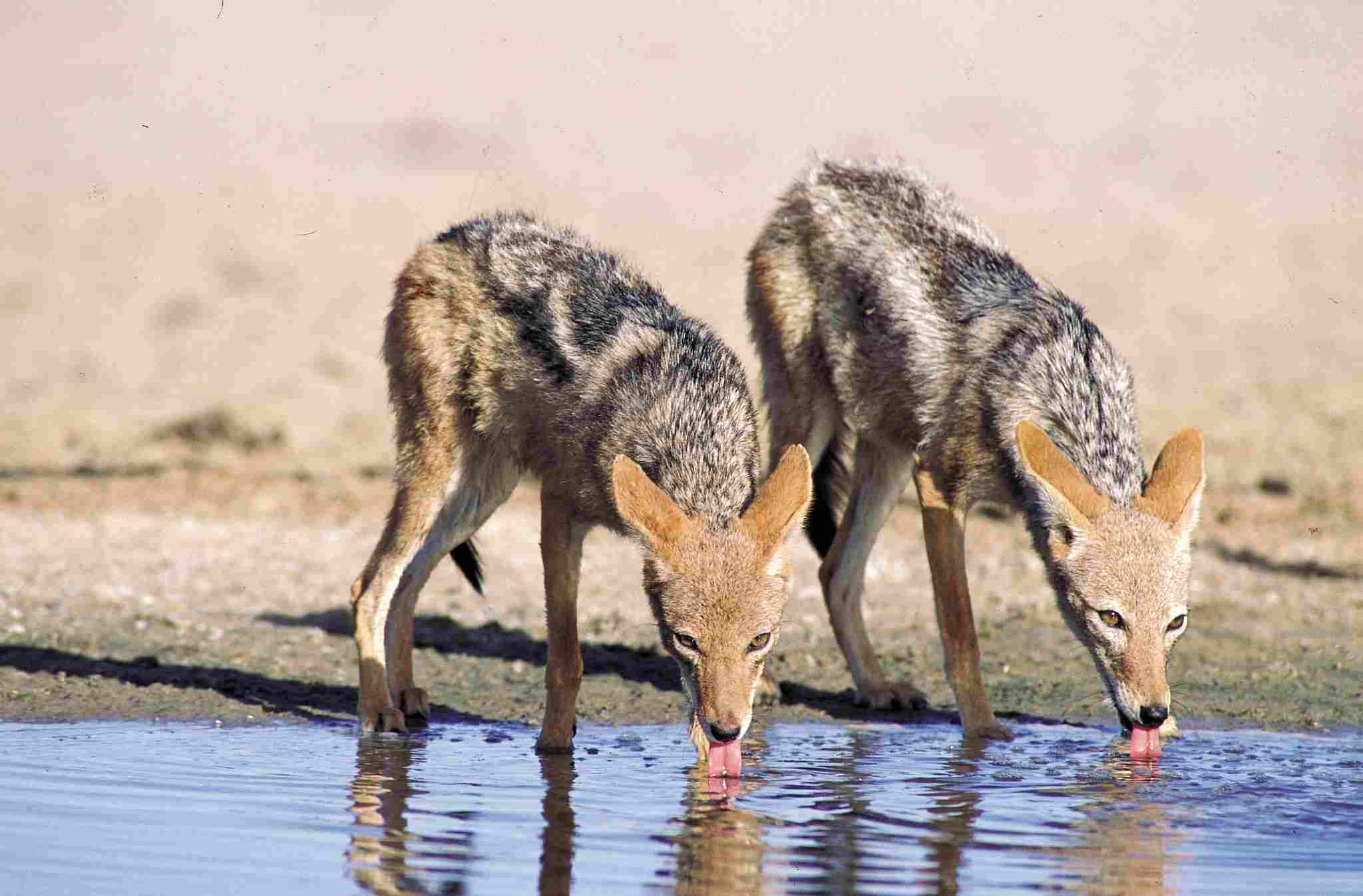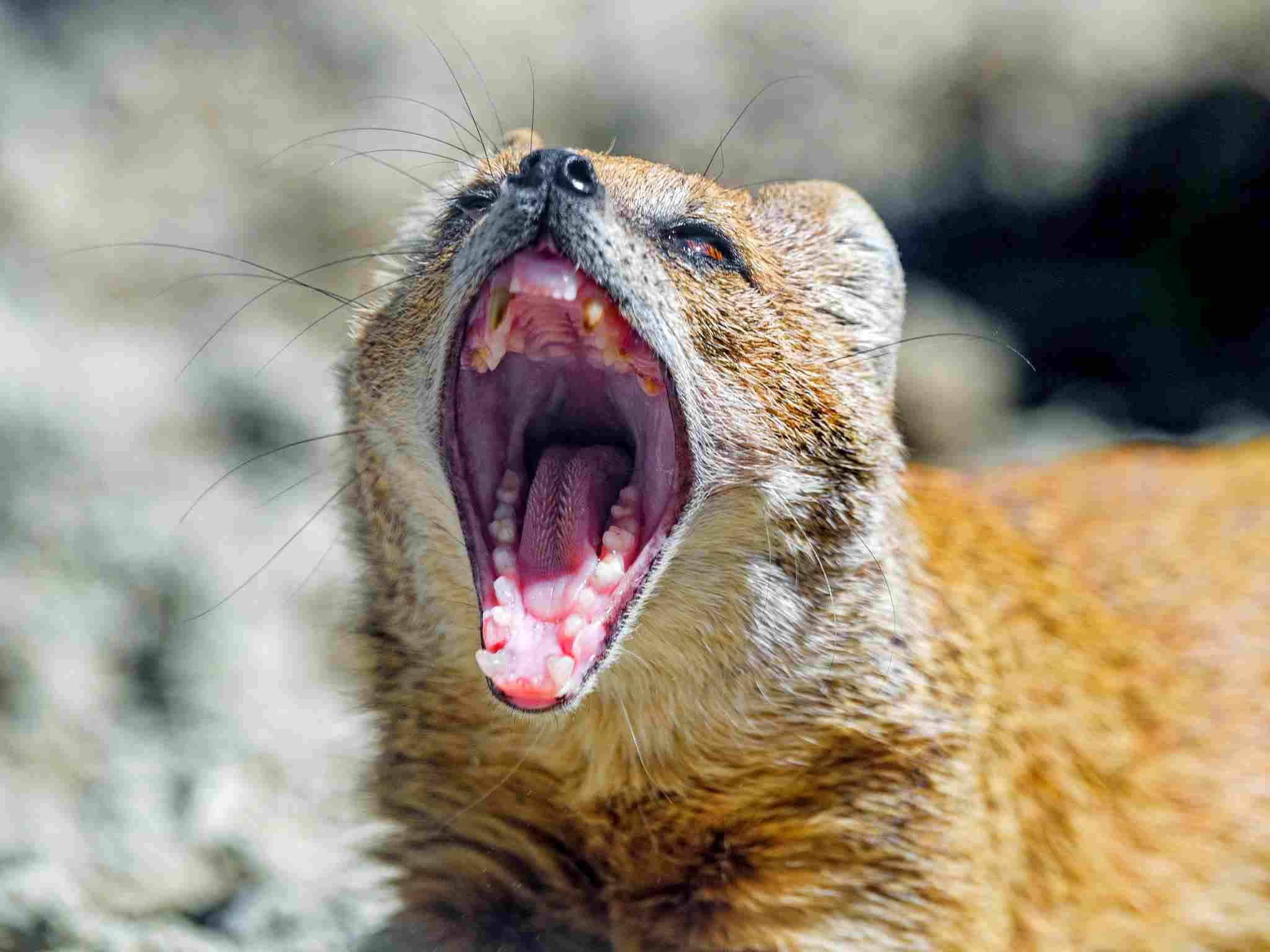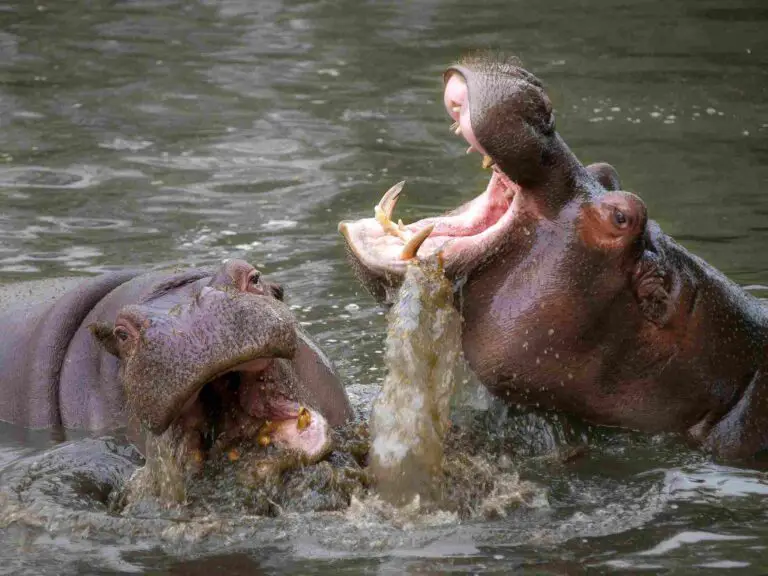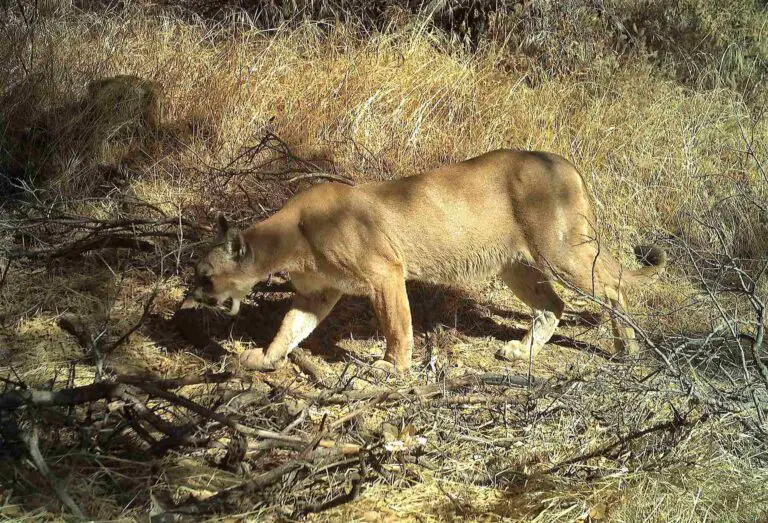Honey Badger Vs Snake Vs Jackal Overall Comparison
A hypothetical encounter involving a honey badger, a snake, and a jackal offers an intriguing dynamic between these diverse members of the animal kingdom. Honey badgers, known for their aggression and tenacity, snakes, as formidable ambush predators, and jackals, recognized for their agility, present an interesting scenario. This analysis explores their taxonomy, appearance, size, weight, predatory abilities, and adaptations to speculate on the potential outcomes of a multifaceted confrontation.
Honey Badger vs Snake vs Jackal: Assessing the Likely Victors in a Confrontation
In a hypothetical scenario involving a honey badger, a snake, and a jackal, the honey badger is likely to emerge victorious against the snake due to its larger size, greater weight, and longer reach. However, the honey badger typically prevails against a jackal, using its aggression, while the jackal, relying on its longer limbs, may attempt to escape.
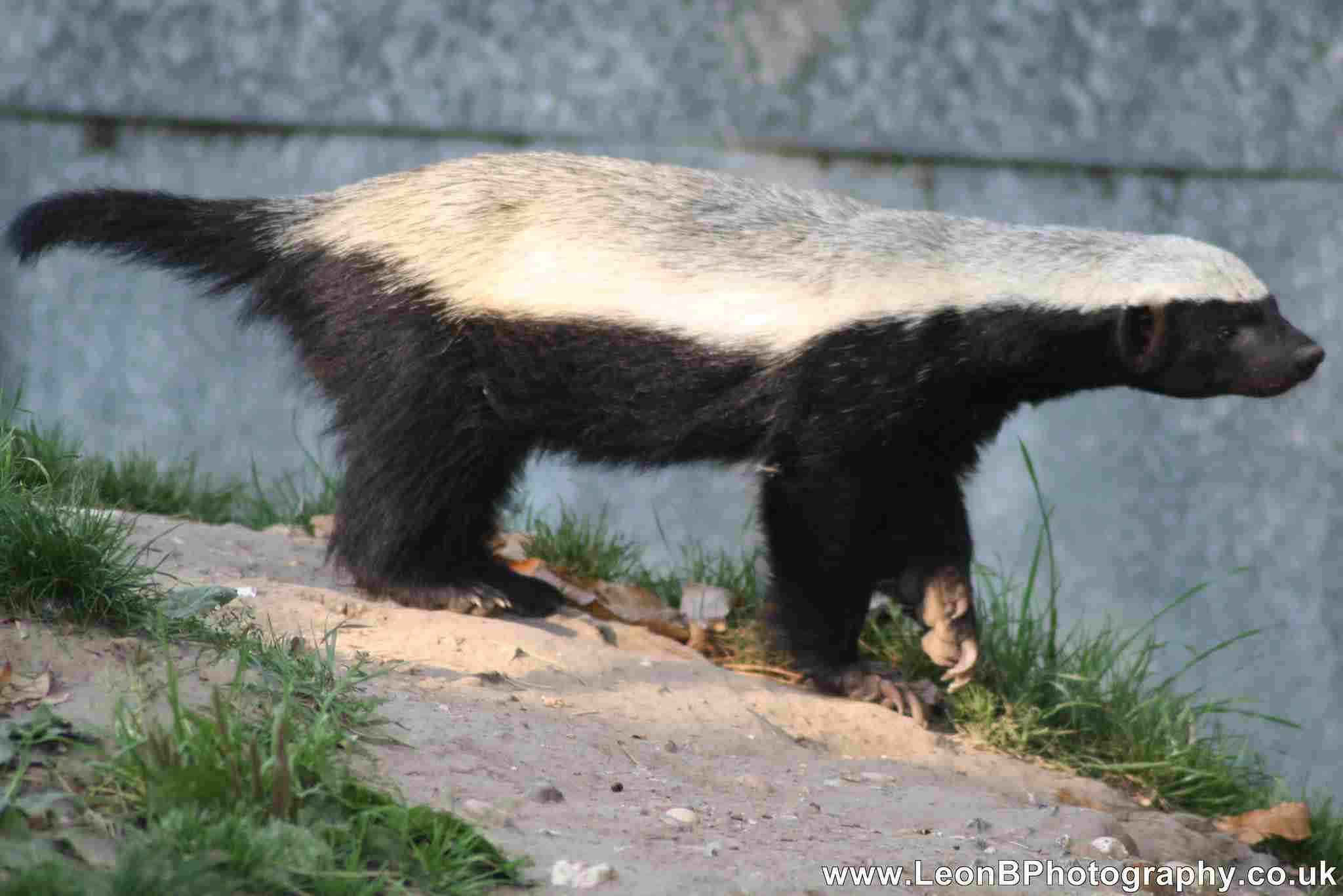
I). Honey Badger vs Snake:
The honey badger is likely to win against a snake due to its larger size, greater weight, and longer reach. While snakes, particularly venomous ones, are formidable ambush predators, honey badgers possess the physical attributes needed to overcome their serpentine opponents. Only large constrictors may have a size and weight advantage against honey badgers.
II). Predatory Abilities of the Snake:
Snakes, as ambush predators, can deliver potent venoms and utilize stealth in their attacks. However, the honey badger’s larger size, weight, and longer reach provide it with a decisive advantage in a one-on-one confrontation, potentially enabling the honey badger to subdue the snake.
III). Jackal vs Honey Badger:
The honey badger typically prevails against a jackal due to its aggression and tenacity. Jackals, while agile, may not match the honey badger’s determination in a confrontational scenario.
IV). Escaping Using Longer Limbs:
Jackals, relying on their longer limbs and agility, may attempt to escape rather than engage in direct conflict with a honey badger. The honey badger’s aggressive nature may force the jackal into a defensive posture, leading to an escape strategy rather than a confrontation.
V). Overall Dynamics:
In the complex dynamics of this hypothetical scenario, the honey badger is expected to triumph over the snake due to its larger size and weight. Against the jackal, the honey badger’s aggression may deter a direct confrontation, prompting the jackal to utilize its agility and longer limbs for an escape.
*Details of Comparison
| Criteria | Honey Badger | Snake (King Cobra) |
Jackal (Golden Jackal)
|
| Taxonomy | Mammal | Reptile | Mammal |
| Appearance | Stout, muscular, grizzled fur | Elongated body, hood, olive-green |
Slender, golden-yellow fur, bushy tail
|
| Size | 55–77 cm in length | 3–4 meters in length |
80–95 cm in length
|
| Weight | 8–16 kg | Approximately 6 kg | 6–14 kg |
| Bite Force | Powerful jaws for crushing | Venomous bite with neurotoxins |
Sharp teeth for hunting
|
| Physical Defensive Advantages | Thick, loose skin, foul-smelling odor | Venomous bite, hood expansion, hissing |
Agility and speed
|
| Speed | Up to 25 km/h | Relatively slow on land, faster in water | 64 km/h |
| Habitat Preference(s) | Diverse habitats, adaptable | Varied habitats with water preference |
Varied habitats including grasslands
|
| Mode of Feeding | Omnivorous | Carnivorous | Omnivorous |
| Social Behavior | Mostly solitary, aggressive | Solitary, aggressive during breeding |
Social, often in pairs or small groups
|
| Mode of Reproduction | Polygamous, viviparous | Oviparous |
Monogamous or pair-bonded, viviparous
|
| Parental Behavior | Females care for cubs | Female guards nest, no further care |
Both parents involved in raising pups
|
| Proximity to Human Areas | Found in rural and urban areas | Less frequent encounters near water |
Common in agricultural areas, outskirts
|
| Behavior Toward Humans | Aggressive and fearless | Generally avoids confrontation |
Generally cautious, may scavenge
|
| Danger Posed to Humans | Considered dangerous due to aggression | Potentially dangerous due to venom |
Typically not dangerous
|
| Conservation Status | Least Concern | Vulnerable | Least Concern |
1. Taxonomy:
Honey Badger (Mellivora capensis):
Kingdom: Animalia
Phylum: Chordata
Class: Mammalia
Order: Carnivora
Family: Mustelidae
Genus: Mellivora
Species: capensis
Snake (Example: King Cobra – Ophiophagus hannah):
Kingdom: Animalia
Phylum: Chordata
Class: Reptilia
Order: Squamata
Family: Elapidae
Genus: Ophiophagus
Species: hannah
2. Appearance:
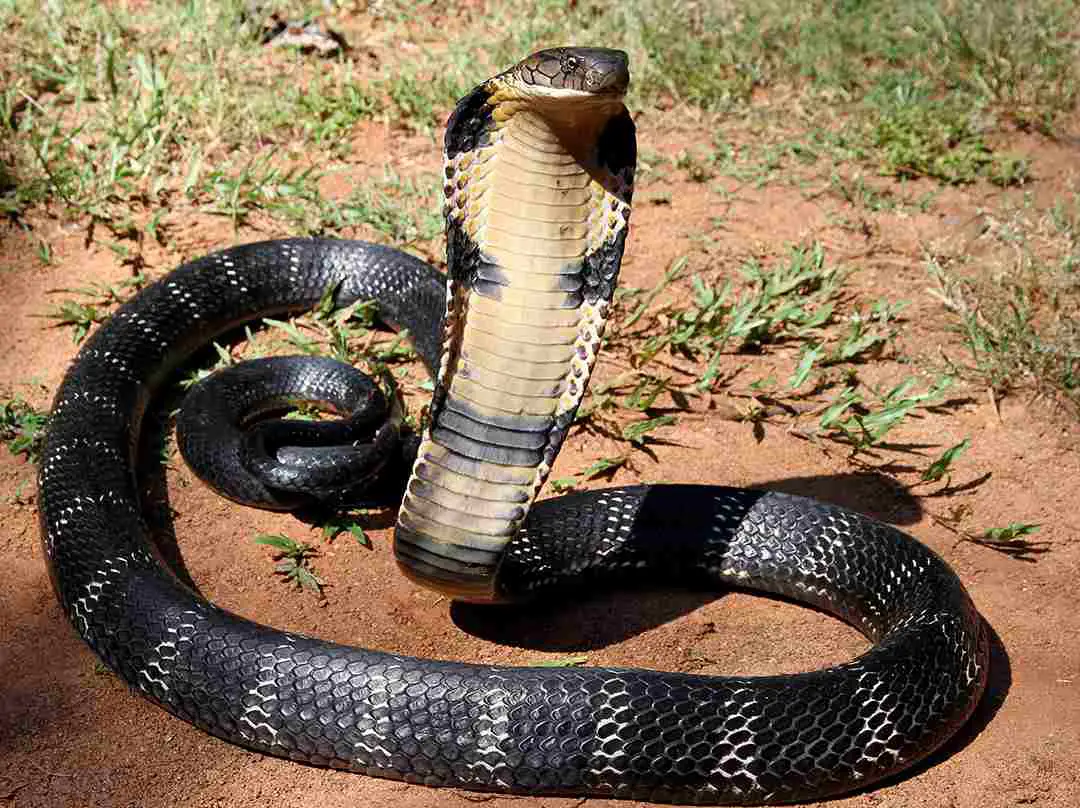
Honey Badger:
Stout, muscular body with a broad head
Thick, loose skin that allows it to twist and turn, making it difficult for adversaries to grasp
Grizzled fur, typically black or dark brown with a distinct white stripe on the back
Snake (King Cobra):
Elongated body with smooth, shiny scales
Typically olive-green to black coloration
Hood behind the head, which it can expand when threatened, displaying intimidating markings
Comparison: The honey badger’s robust build contrasts with the snake’s elongated and sleek form, highlighting their distinct adaptations for different ecological roles.
Ecological Implications: The honey badger’s appearance aids in its physical defense, while the snake’s sleek body facilitates swift movement and intimidation, contributing to their respective survival strategies.
3. Size:
Honey Badger:
Length: 55–77 cm (21.5–30 in)
Tail length: 12–30 cm (4.7–12 in)
Snake (King Cobra):
Length: 3–4 meters (9.8–13.1 ft)
Comparison: The king cobra significantly surpasses the honey badger in size, emphasizing potential challenges in direct physical encounters.
Ecological Implications: Size impacts the roles each species plays in the ecosystem, with the honey badger being a smaller, versatile predator and the king cobra occupying a higher trophic level as a formidable predator.
4. Weight:
Honey Badger:
Typically 8–16 kg (18–35 lbs)
Snake (King Cobra):
Average weight: 6 kg (13 lbs)
Comparison: Despite the snake’s longer length, the honey badger’s greater weight showcases its density and strength.
Ecological Implications: Weight influences energy requirements, foraging strategies, and ecological interactions, with the honey badger’s higher weight potentially contributing to its prowess as a predator.
5. Bite Force:
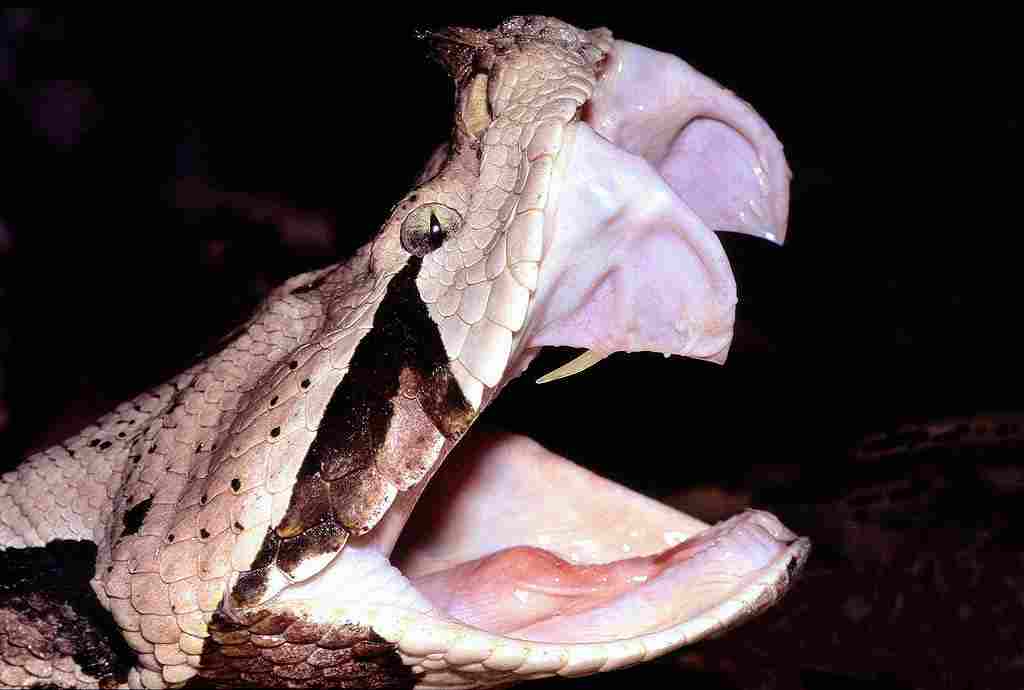
Honey Badger:
Strong bite force adapted for crushing bones and shells
Snake (King Cobra):
Venomous bite with potent neurotoxins
Comparison: The honey badger relies on a powerful crushing bite, while the snake employs venom as a potent weapon.
Ecological Implications: The different bite mechanisms reflect adaptations to their prey and contribute to their roles in controlling various parts of the food web.
6. Physical Offensive Advantages:
Honey Badger:
Powerful jaws and teeth for crushing bones and shells
Claws for digging and breaking into termite mounds
Snake (King Cobra):
Venomous bite with potent neurotoxins
Ability to raise its body and expand the hood for intimidation
Comparison: The honey badger relies on physical strength and versatile jaws, while the king cobra employs venom and threat displays for offense.
Ecological Implications: These offensive adaptations influence their roles in controlling prey populations and contribute to the balance of their respective ecosystems.
7. Physical Defensive Advantages:
Honey Badger:
Thick, loose skin that makes it difficult for predators to grasp
Ability to release a foul-smelling odor as a deterrent
Snake (King Cobra):
Venomous bite as a potent defense mechanism
Hood expansion and hissing to intimidate threats
Comparison: The honey badger’s physical defenses include protective skin and a noxious odor, while the king cobra relies on venom and threatening displays.
Ecological Implications: These defensive strategies impact interactions with predators and competitors, shaping the ecological dynamics in their habitats.
8. Speed:
Honey Badger:
Quick and agile on land, capable of reaching speeds of 25 km/h (15.5 mph)
Snake (King Cobra):
Relatively slow movement on land, with a more efficient and faster motion in water
Comparison: The honey badger excels in land speed, contrasting with the king cobra’s slower terrestrial locomotion.
Ecological Implications: Speed influences hunting strategies, escape mechanisms, and overall ecological interactions, contributing to the niche each species occupies in their habitat.
9. Agility:
Honey Badger:
Agile and capable of climbing trees, digging, and navigating various terrains
Snake (King Cobra):
Agile in climbing trees and moving through vegetation, but primarily associated with ground movement
Comparison: The honey badger’s agility extends to both ground and tree environments, while the king cobra is primarily ground-oriented.
Ecological Implications: Agility affects their ability to access resources, avoid threats, and exploit different ecological niches within their habitats.
10. Overall Physical Capacity:
Honey Badger:
Robust and versatile, capable of digging, climbing, and swimming
Adaptable jaws for various types of prey
Endurance for prolonged hunting or scavenging activities
Snake (King Cobra):
Specialized for predation with potent venom
Limited physical versatility compared to a mammalian predator
Comparison: The honey badger’s physical capacity is versatile, enabling it to exploit diverse habitats and prey, while the king cobra’s specialization is focused on venomous predation.
Ecological Implications: The overall physical capacity of each species contributes to their ecological roles and impacts the dynamics of their respective ecosystems.
11. Habitat Preference(s):
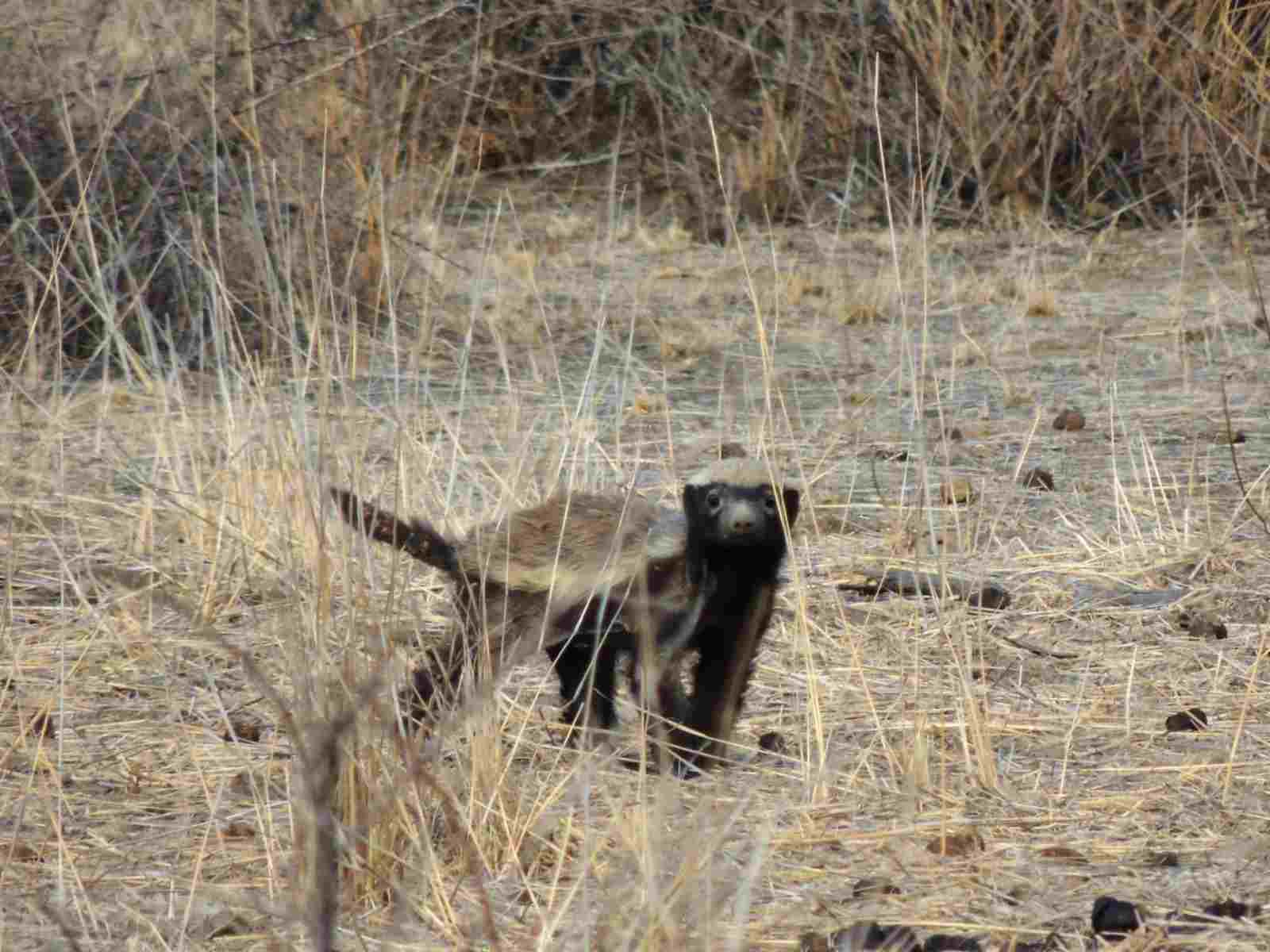
Honey Badger:
Diverse habitats including savannas, grasslands, and forests
Adaptable to both arid and more humid environments
Snake (King Cobra):
Varied habitats including forests and grasslands
Prefers areas with water sources
Comparison: Both species exhibit adaptability to diverse habitats, but the king cobra shows a preference for environments with water.
Ecological Implications: Habitat preferences influence their distribution, interactions with other species, and contribute to biodiversity in different ecosystems.
12. Tracks:
Honey Badger:
Padded paws with distinct claw marks
Tracks may show signs of digging or climbing
Snake (King Cobra):
No distinct tracks due to the lack of limbs
May leave shed skin in its habitat
Comparison: The honey badger’s tracks are visible with paw prints, while the snake’s lack of limbs makes its tracks less conspicuous.
Ecological Implications: Tracking and identifying these species’ presence in the wild can provide insights into their behavior and population distribution.
13. Lifespan:
Honey Badger:
Typically 7–8 years in the wild
Snake (King Cobra):
Approximately 20 years in the wild
Comparison: The king cobra generally has a longer lifespan compared to the honey badger.
Ecological Implications: Lifespan influences population dynamics, reproductive strategies, and the long-term impact of each species on their ecosystems.
14. Mode of Feeding:
Honey Badger:
Omnivorous diet, including small mammals, birds, insects, fruits, and honey
Capable of breaking into beehives for honey and larvae
Snake (King Cobra):
Carnivorous diet primarily consisting of other snakes, occasionally small mammals and birds
Swallows prey whole after injecting venom
Comparison: The honey badger’s omnivorous diet contrasts with the king cobra’s exclusive carnivory, reflecting different ecological roles in their habitats.
Ecological Implications: Feeding habits contribute to nutrient cycling, trophic interactions, and overall ecosystem health.
15. Social Behavior:
Honey Badger:
Mostly solitary, with occasional partnerships during mating
Aggressive and territorial
Snake (King Cobra):
Solitary, except during the breeding season
Aggressive territorial behavior, especially in males
Comparison: Both species exhibit predominantly solitary behavior, emphasizing individualistic survival strategies.
Ecological Implications: Solitary behavior reduces competition within the species, influencing population dynamics and resource utilization.
16. Mode of Reproduction:
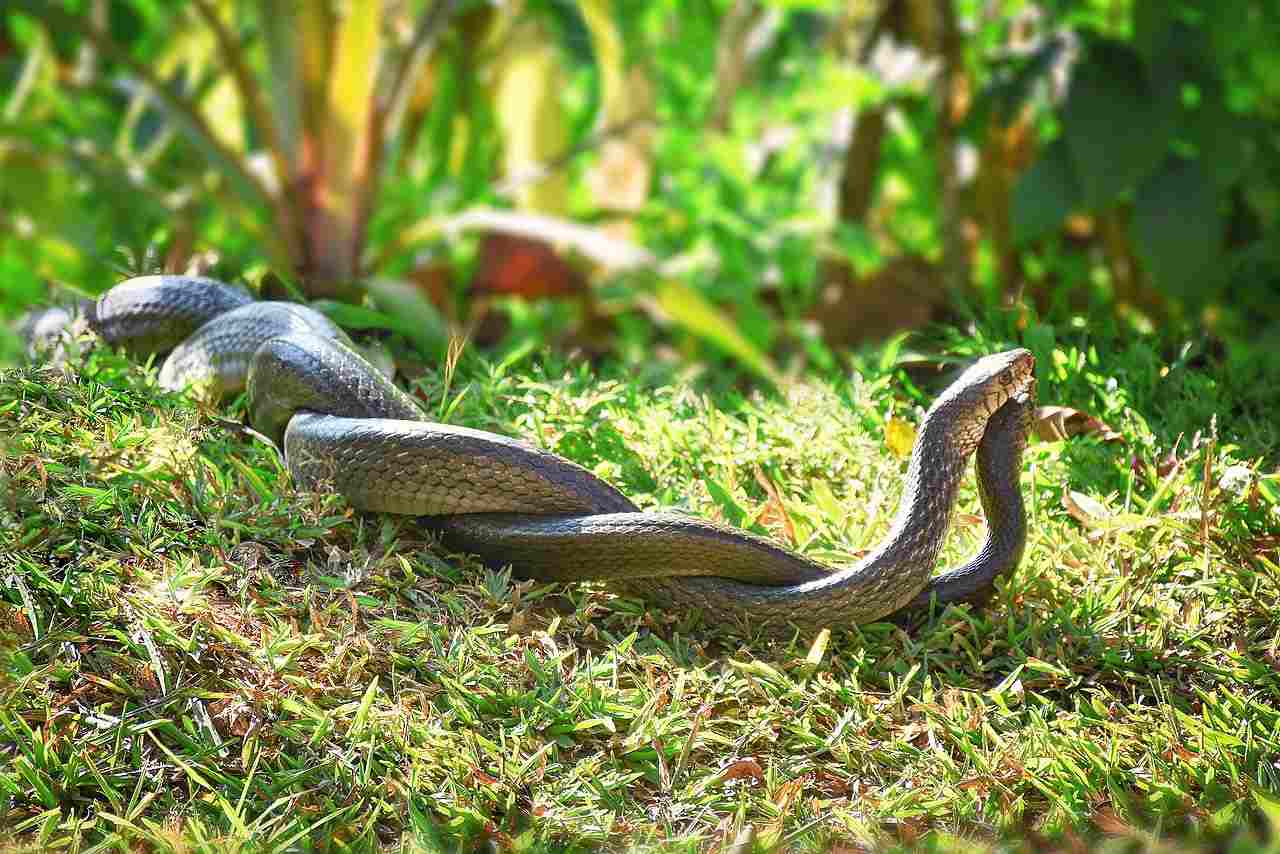
Honey Badger:
Polygamous mating system
Females give birth to 1–2 cubs after a gestation period of about 6 months
Snake (King Cobra):
Oviparous reproduction with females laying eggs
Typically lays a clutch of 20-40 eggs
Comparison: The honey badger follows a viviparous reproduction strategy, while the king cobra is oviparous, reflecting distinct reproductive adaptations.
Ecological Implications: Reproductive strategies impact population growth, genetic diversity, and adaptability to environmental changes.
17. Parental Behavior:
Honey Badger:
Females care for their cubs, providing protection and food until they are independent
Males do not participate in parental care
Snake (King Cobra):
Female guards the nest until the eggs hatch, providing initial protection to the hatchlings
No parental care beyond this point
Comparison: The honey badger displays more extended parental care compared to the king cobra.
Ecological Implications: Parental behavior influences offspring survival rates, contributing to the overall dynamics of population regulation in their ecosystems.
18. Proximity to Human-Inhabited Areas:
Honey Badger:
Can be found in both rural and urban areas
Known for raiding farms and scavenging in human settlements
Snake (King Cobra):
Encounters in human-inhabited areas are less frequent
May be found near water sources, increasing the potential for human interaction
Comparison: The honey badger has a higher likelihood of proximity to human settlements compared to the king cobra.
Ecological Implications: Human-wildlife conflict may arise with the honey badger, impacting both the species and local communities.
19. Behavior Toward Humans:
Honey Badger:
Aggressive and fearless when confronted
Known for defending itself vigorously against perceived threats
Snake (King Cobra):
Generally avoids human confrontation
May become aggressive if cornered or threatened
Comparison: The honey badger is more confrontational and aggressive toward humans compared to the king cobra.
Ecological Implications: Behavioral differences influence the perception of these species by human communities and impact conservation efforts.
20. Danger Posed to Humans:
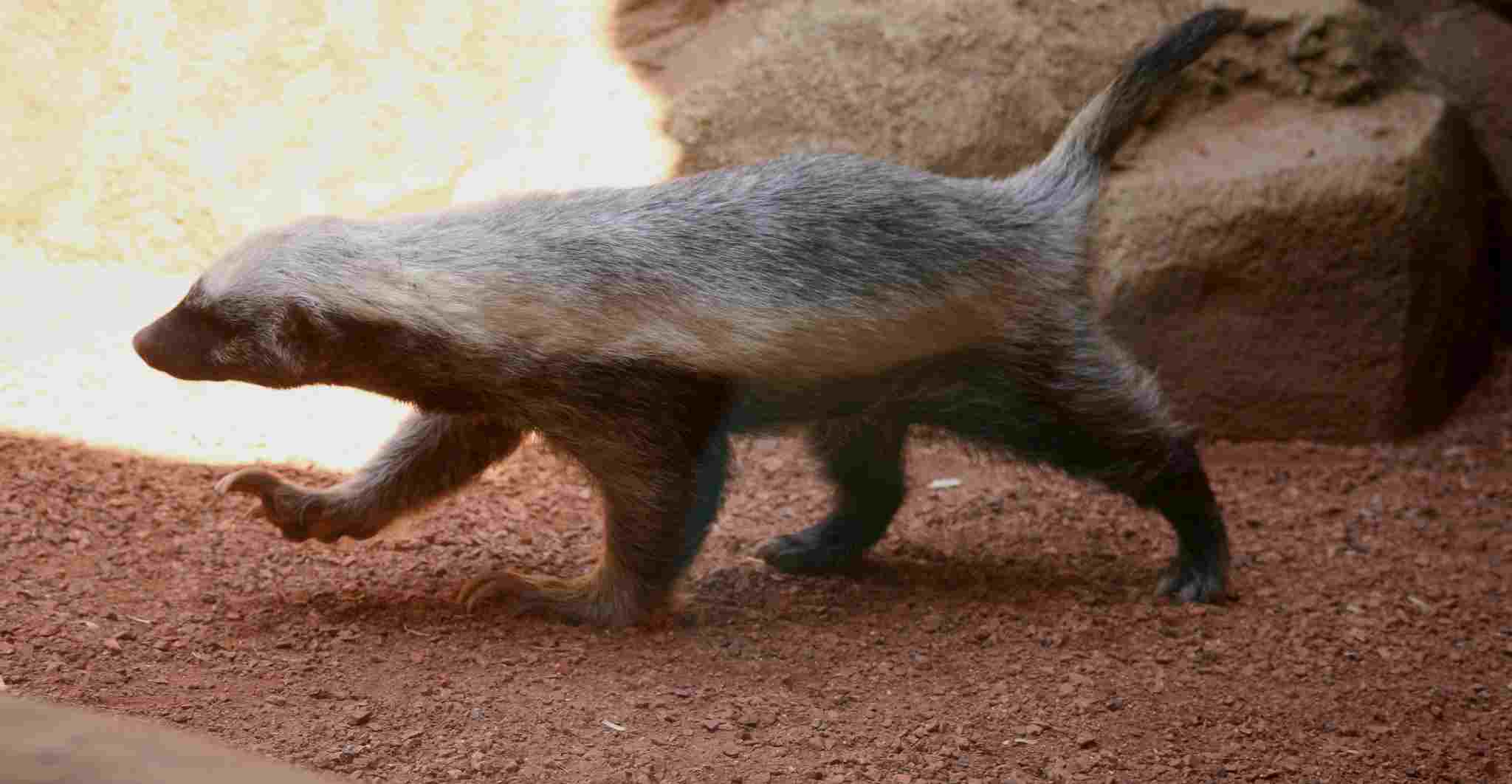
Honey Badger:
Considered dangerous due to its aggressive nature and powerful bite
Can cause harm if cornered or provoked
Snake (King Cobra):
Potentially dangerous due to venomous bite
Avoidance is the primary defense mechanism against human encounters
Comparison: Both species pose risks to humans, with the honey badger being a physical threat and the king cobra presenting a venomous danger.
Ecological Implications: Human safety concerns may influence conservation strategies and management approaches for these species.
21. Associated Precautions:
Honey Badger:
Caution needed when encountering in the wild
Secure food sources in human-inhabited areas to avoid conflicts
Snake (King Cobra):
Awareness and caution necessary in areas where king cobras are known to inhabit
Proper education on snakebite prevention and first aid recommended
Comparison: Precautions involve understanding the specific threats each species poses and taking appropriate measures to minimize risks.
Ecological Implications: Human precautions contribute to coexistence and conservation efforts, reducing negative interactions between wildlife and human populations.
22. Conservation Status:
Honey Badger:
Least Concern (LC) on the IUCN Red List
Wide distribution and adaptability contribute to its relatively stable status
Snake (King Cobra):
Vulnerable (VU) on the IUCN Red List
Threats include habitat loss, illegal trade, and persecution
Comparison: The honey badger has a more favorable conservation status compared to the king cobra, which faces increased vulnerability.
Ecological Implications: Conservation efforts may need to prioritize the protection of the king cobra due to its vulnerable status, recognizing its role in maintaining ecological balance.
Conclusion:
I). Similarities:
Both are carnivorous predators with specific adaptations for hunting and survival.
Solitary behavior is predominant in their respective lifestyles.
II). Differences:
The honey badger is a mammal with omnivorous habits, while the king cobra is a venomous snake with a primarily carnivorous diet.
The conservation status differs significantly, with the honey badger being of least concern and the king cobra being vulnerable.
